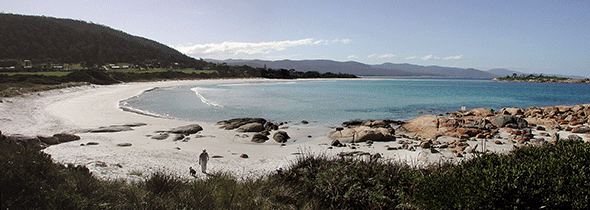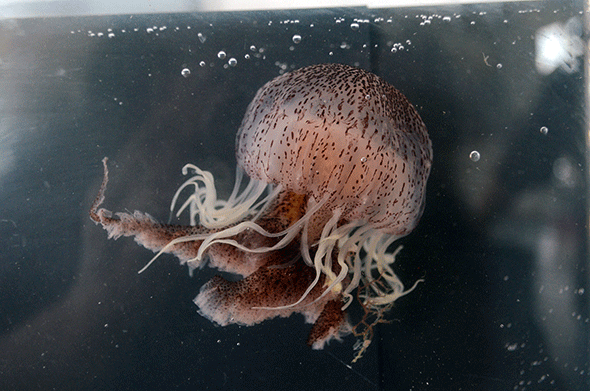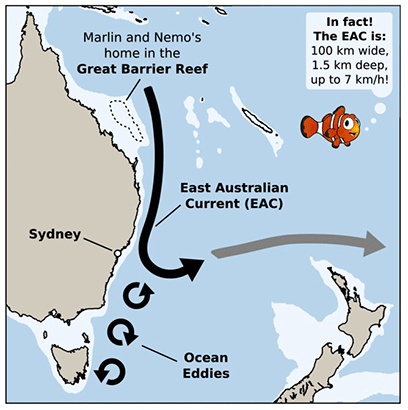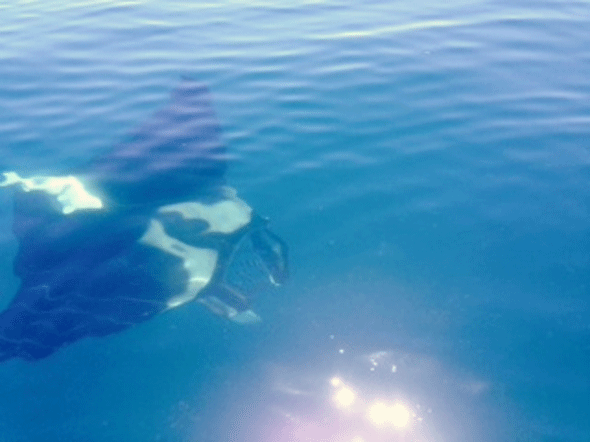
|
Published: 30 July 2012
Warming from rising CO2 could happen faster than expected
Scientists have shed new light on one of the most important questions in climate science: the time lag between changes in temperature and changes in atmospheric CO2 levels in the past.
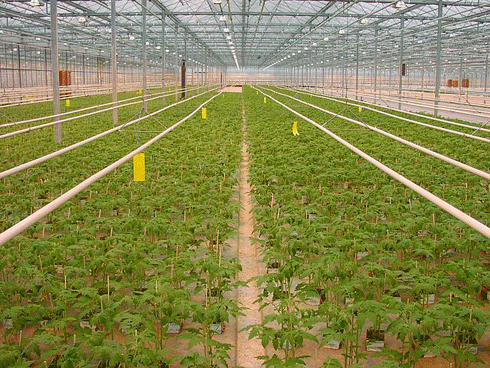
|
|
Greenhouse warning: the time lag between rising greenhouse gas emissions and global warming might be shorter than predicted in the past. Credit:
Goldlocki. Licensed under Creative Commons Attribution-ShareAlike 3.0 Unported licence
|
Their findings suggest that feedbacks in the climate system – in which warming is linked to natural CO2 increase, driving further warming – may operate faster than previously thought.
In research just published in Climate of the Past the scientists used Antarctic and Greenland ice cores to examine temperature and CO2 changes during the largest natural climate change in recent climate history: Earth’s exit from the last ice age.
As Antarctic temperatures increased, ocean circulation altered, releasing CO2, most likely from the deep Southern Ocean, to the atmosphere. Previous studies had suggested it took up to 1000 years for this to happen. But that figure has been revised down by the new study, which draws on data from five separate ice cores.
‘The ice cores reveal a near-synchronous temperature and CO2 increase. If there was a lag at all, it was likely no more than 400 years,’ says Mr Joel Pedro from Hobart’s Antarctic Climate and Ecosystems CRC, who led the study.
Eric Steig, an American ice core expert based at the University of Washington, says almost all previous work had noted uncertainties on the time lag between temperature and CO2, in the order of many hundreds to even thousands of years
‘I cannot emphasise enough how important this result is,’ he said. ‘The authors collapse these values to something so short that it has major implications for our understanding of the carbon cycle and climate change.’
Beginning about 19,000 years ago, the extensive ice sheets covering Canada and Northern Europe began to melt. Over the next 8000 years, atmospheric CO2 levels increased by close to 50 per cent, helping to drive an eventual global average temperature increase of 5°C and a sea-level rise of over 100 metres.
‘The coupled rise in temperature and natural increase in CO2 that helped end the ice age took place gradually, over about 8000 years,’ explained Pedro. ‘What we have seen since the start of the industrial revolution is a similar CO2 increase occurring over only a few hundred years. This is way faster than anything in the ice core record and it’s clearly human-caused.
‘Just as the steady increase in CO2 helped to melt the ice caps and warm the Earth out of the ice age, the rapid increase now in CO2 is also driving up temperatures, only at a much faster rate,’ he said.
Pedro says the research raises the possibility that current human-induced warming may drive additional natural CO2 increases sooner than we thought, compounding the climate change problem – a possibility, he adds, that merits further research.
The research is a collaboration between the Antarctic Climate and Ecosystems CRC (ACE CRC), the Australian Antarctic Division, and the Niels Bohr Centre for Ice and Climate, Denmark.
Source: ACE CRC


